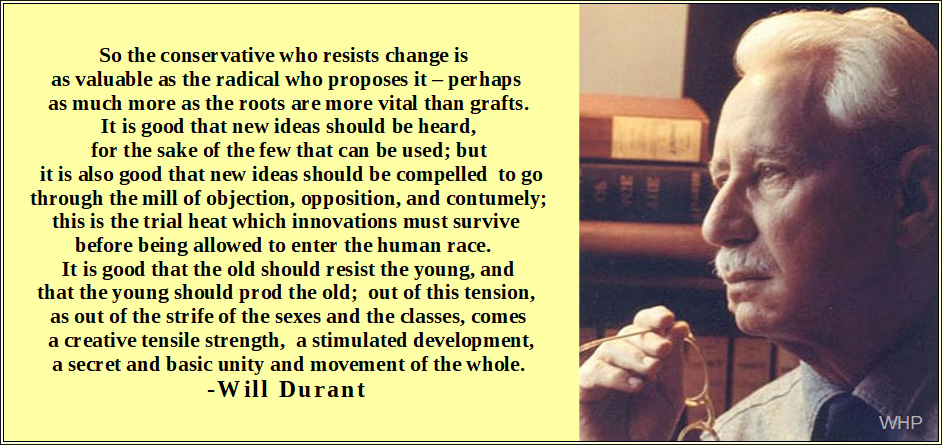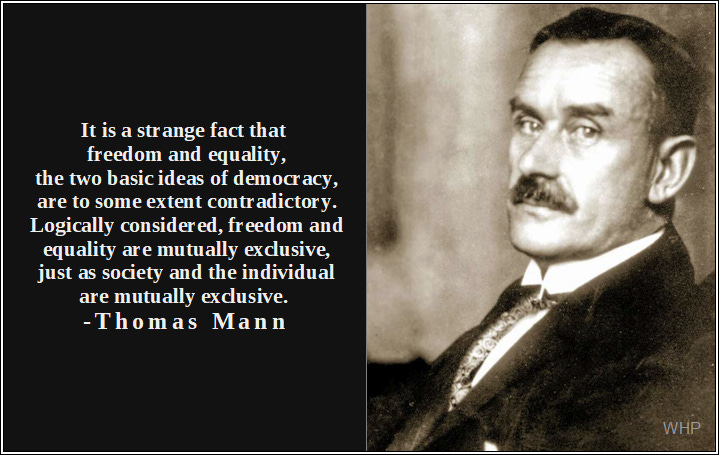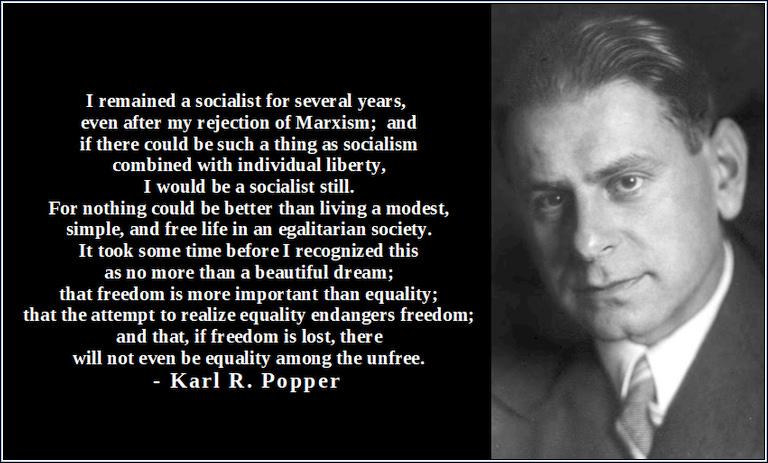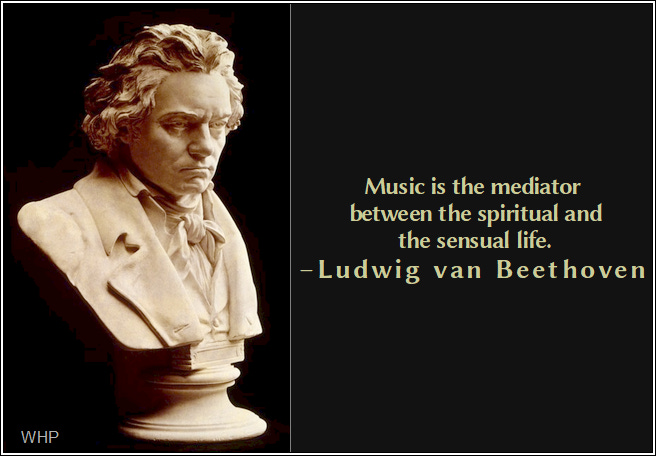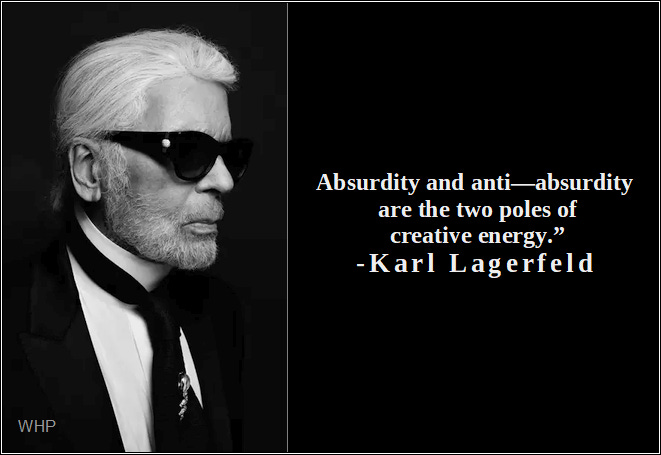Introduction to Polarity Analysis
The test of a first-rate intelligence is the ability to hold two opposed ideas in the mind at the same time and still retain the ability to function. -F. Scott Fitzgerald, The Crack-UP, 1945
Introduction
I am building a new collection of quote-posters that deal with a subject that I call "Polarities." In some ways they are similar to my Judgement, Balancing, and Objectivity category, but they are not strictly about Creativity I have decided to make them into a project apart from my Creativity collection. The overall theme is that you must compromise between two opposites. You must study the two sides and balance in order to get the best result. The right balance might be in the middle, but only by giving a fair analysis to both will you get the best result.
My interest in this topic stems from an Amoco Management course years ago in which one half day was devoted to concepts developed in the following book.
Polarity Management: Identifying and Managing Unsolvable Problems
By Barry Johnson
https://www.goodreads.com/book/show/288117.Polarity_Management?ac=1&from_search=true&qid=HemGgd84ed&rank=3
My goal is to build Polarity Quadrant Diagrams for each of the polarity issues which I have found in by quote collection. Below is a quote from John Charles Salak. The quote is at the base of the diagram: “Failures are divided into two classes: those who thought and never did, and those who did and never thought.” This what I call the Thinker -Doer polarity.
This polarity between the two activities of Thinking and Doing can be illustrated by the above table. The table is made up of four quadrants. The upper two quadrants are marked by the blue positive labels. The lower two quadrants are marked by the red negative labels. Outcomes are listed for each of the activities in each of the four quadrants. For example in the upper left positive thinker quadrant you see at the top: Develops Excellent Plans. That activity is a positive outcome of the activity of a Thinker. But if the only activity is thinking, Nothing Gets Done which is the is at the top of the Negative list for the thinking activity.
Going to the right of the quadrant diagram you see both positive and negative activities listed for the Doer quadrants. In a positive activity the Doer does work. But if the Doer only does work with out thought then some of the work will be wrong and result in negative outcomes.
So, as the quote from John Charles Salak points out only thinking or only doing results in failure. “Failures are divided into two classes: those who thought and never did, and those who did and never thought.”
The dilemma is easily solved, we must, or teams must be organized or trained to do both doing and thinking.
So Barry Johnson in the book referenced above suggests that working between the extremes right and left we must sort of meander through the positives and negatives along a pathway that mimics an infinity symbol. I have labeled four positions to discuss in the diagram above. Beginning at 1) above we emphasize thinking, but as Jerry Brown has said: “The reason that everybody likes planning is that nobody has to do anything.” We react by finding workers instead of thinkers. But when we find ourselves at 2) emphasizing only work we wind up not doing the right work. By combining some thinking with the doing we get to 3) a better state of operational efficiency and the right work gets done. Seeing that thinking does help the outcome one might to choose to think too much and wind up at 4) where in the absence of doing, nothing gets done and you finally recognize that without working the thinker really does not understand the problem.
Rather than a infinity symbol shaped path I imaging that we would bop around rather helter skelter always trying improve outcomes. Barry Johnson’s recommendation is we will touch all quadrants but we must manage to keep as much as possible in the upper two.
We have to recognize polarities and learn to balance between polarities. The thinker doer polarity is only one example. In the following text I hope to illustrate a variety polarities. I try to use quotes from my collection demonstrate the importance that others have given to understanding polarities. We must use Judgment, Balancing, and Objectivity to hone and refine the best outcomes. One of my first discoveries as I opened myself up to observing polarities was that there are a number of polarity issues in Science, but in all of my education few if any of them had been emphasized by my teachers.
Objective
Here are my objectives. We must recognize polarities and the need to address them. We must learn to educate pupils to appreciate the need for judgement, balancing, and objectivity as we confront polarities. Polarity analysis enables us to bring groups to consensus. Politics and government is beset with polarization. Polarization freezes progress. Polarization must be addressed. In the following text I have used quotations from creative individuals that have recognize polarities to flag some of the polarities we might be confronted with. I have also paired these quotes or quote-posters with suggested polarity diagrams. My hope is that these displays will awaken us to the need to recognize and deal with polarities.
Types of Polarity
My quote database now numbers over 3000 quotes, by over 1400 individuals. I have made quote-posters for over 1500 quotes. Making the quote-posters allows me to spend time and carefully consider the quote. I should add that the objective of making the database in the first place was to enable an understanding of the creative process. I have used the quotes to identify and classify the polarities that these individuals have encountered. If someone were to ask me if I thought that my work here was inclusive of all of the important polarities. My answer would be an emphatic No! My gradual recognition that there appear to be a large number on undiscovered polarities that folks were not recognizing has been an important part of my motivation to enter into this project. In other words when I finish, The Project will be unfinished. Hopefully I will attract enough interest to continue my work.
Quote-Posters focusing the importance of staying between the polarities.
Head versus Heart
The Middle
Pro Middle
Pro Both
Pro Extreme
Conservative versus Progressive
Power versus Violence
Government Organization
Educational Polarities
Individual Behavior Polarities
Parent versus Friend
Thinking versus Doing
Failures are divided into two classes: those who thought and never did, and those who did and never thought."
John Charles Salak

























